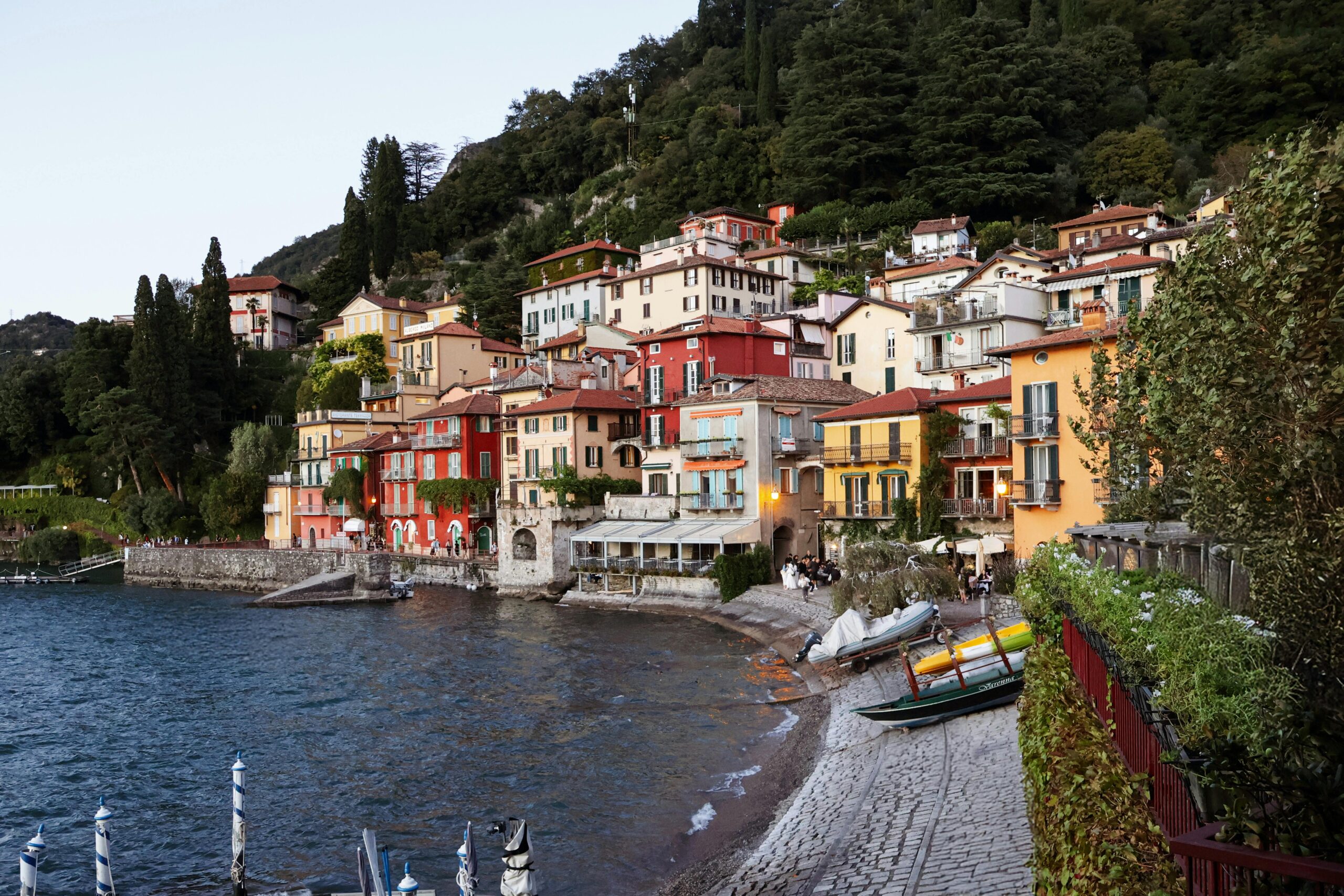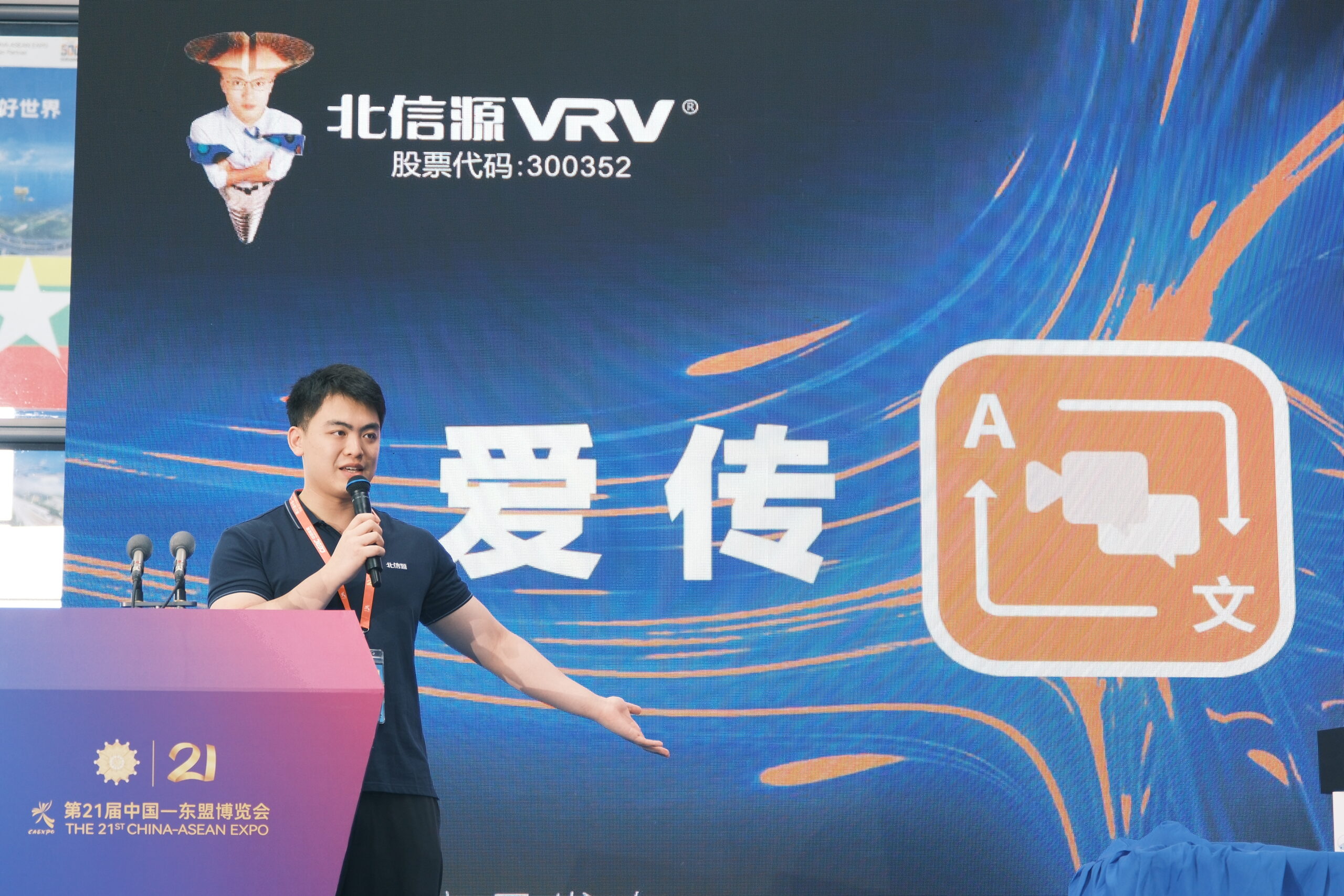In the world of luxury travel and wellness, Lake Como in Italy has long been a top destination for its serene views, charming towns, and the prestige of being a playground for the rich and famous. Recently, however, Lake Como’s allure has transcended tourism: the “fresh air” of this iconic lake is now being bottled and sold as a high-end product. This novel concept has sparked curiosity, debate, and even controversy around the globe. Here, we’ll take a deep dive into the trend of capturing and selling fresh air, how Lake Como became a focal point, and address common questions that have emerged from this unique venture.
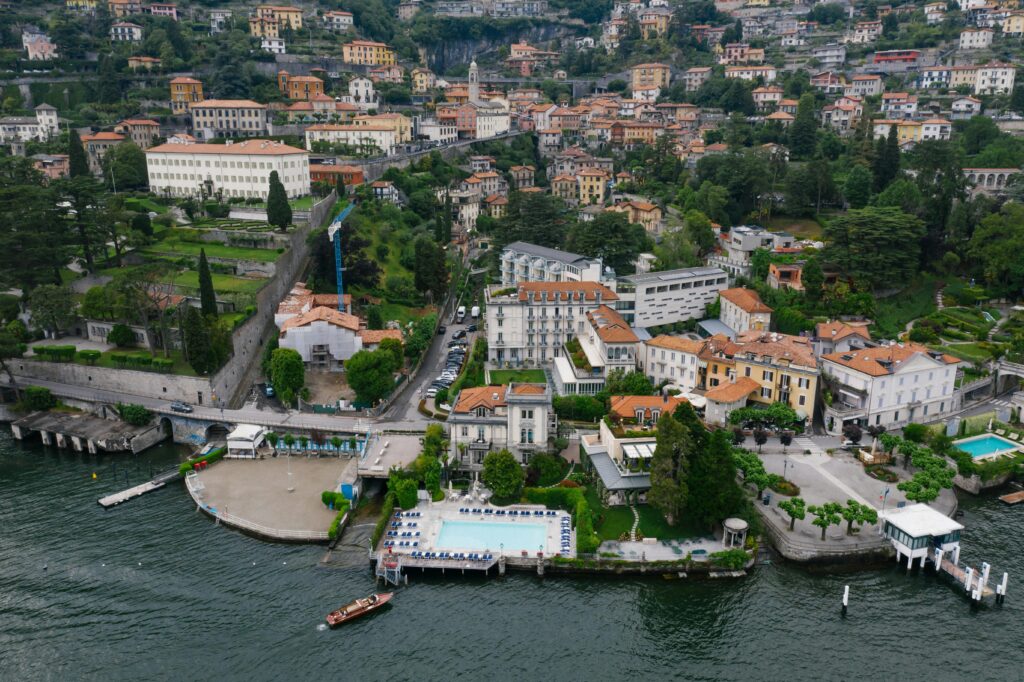
Why Lake Como? The Allure of Italian Elegance in a Can
Lake Como, located in northern Italy near the Alps, has a storied reputation. Known for its pristine air quality, stunning mountainous views, and tranquil waters, it’s no surprise that the idea of “capturing” Lake Como’s essence appeals to travelers and luxury-seekers alike. The lake is also home to iconic villas, lush gardens, and a reputation for celebrity visits, lending an aura of exclusivity to anything associated with it.
Capturing air from Lake Como plays into the idea that luxury today is as much about experiences as it is about things. By bottling and selling Lake Como’s air, consumers are being offered a small, tangible piece of an extraordinary lifestyle – and that lifestyle is one of elegance, relaxation, and wealth.
How Does the Lake Como Air Capture Work?
The process involves collecting air in specialized canisters that, according to producers, maintain the air’s purity and freshness. Lake Como’s air is said to be filtered and preserved in a way that maintains its unique “fresh” quality, which enthusiasts claim contains the delicate scents of the lake’s surroundings – hints of alpine greenery, floral tones, and crisp mountain breezes. While some may question the true essence of “Lake Como air” in a can, producers argue that they use advanced technology to ensure that the air is genuinely sourced from Lake Como and offers a sensory reminder of the lake.
Is It Really “Fresh Air”? The Science Behind Bottling Air
The notion of bottling air may sound far-fetched, but it’s actually grounded in science and environmental trends. Bottled air is produced using methods that maintain its purity, ensuring that external contaminants are filtered out. The canisters are also pressurized to mimic the natural atmosphere, allowing buyers to experience the air as they might if they were standing on the lake’s shore.
Similar products have been marketed from regions with exceptional air quality, like Canada and Switzerland, but the Lake Como project focuses heavily on the romantic and historical associations of Italian landscapes. This unique combination of scientific filtration and cultural marketing is what makes Lake Como’s bottled air particularly enticing to those who want to experience more than just a simple inhale.
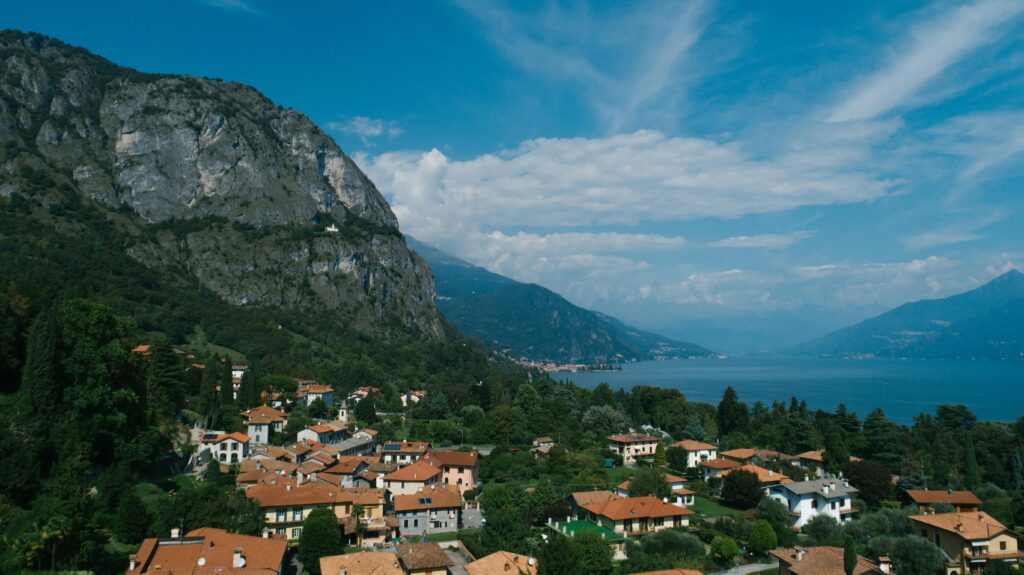
The Market for Bottled Air: Who’s Buying and Why?
This unique product appeals to several markets. First, wellness enthusiasts who seek mindfulness and “experiential” goods are natural buyers. Inhaling fresh, pure air has gained popularity for its perceived health benefits, especially among people in urban environments where air quality may be poor. Additionally, people interested in sustainable travel – who may not be able to visit Italy in person – see bottled air as a way to connect with a beloved destination without the carbon footprint.
Others are purchasing Lake Como’s air as a luxury item or novelty. The idea of giving someone a canister of air from a destination as iconic as Lake Como serves as a memorable gift or status symbol, adding a creative, conversation-starting edge to the trend of collectible memorabilia.
How Does Lake Como Air Compare to Other Bottled Air Products?
The bottled air industry has been around for years, with similar products being sourced from Canadian mountain ranges and Swiss alpine areas. The concept usually revolves around purity, exclusivity, and the perceived health benefits of fresh air from these natural locations. Lake Como’s bottled air stands out because it leans into the cultural appeal of Italian sophistication and leisure. While Canadian and Swiss air products are often sold with a focus on pristine natural landscapes, Lake Como’s product appeals to a sense of romance, exclusivity, and nostalgia.
Environmental and Ethical Concerns: What Are the Critics Saying?
As with any luxury product, especially those that commodify natural resources, there are ethical and environmental concerns. Some critics argue that capturing air, a renewable and abundant resource, and selling it at high prices is both unnecessary and exploitative. Furthermore, transporting these canisters globally can contribute to carbon emissions, potentially contradicting the sustainability ideals that the product aims to embody.
Producers counter this by emphasizing that their operations are minimally invasive, with canister materials sourced sustainably and designed to be fully recyclable. Additionally, some companies are pledging to use a portion of profits to support environmental initiatives, such as reforestation or air quality monitoring programs, to offset any potential environmental impact of their product.
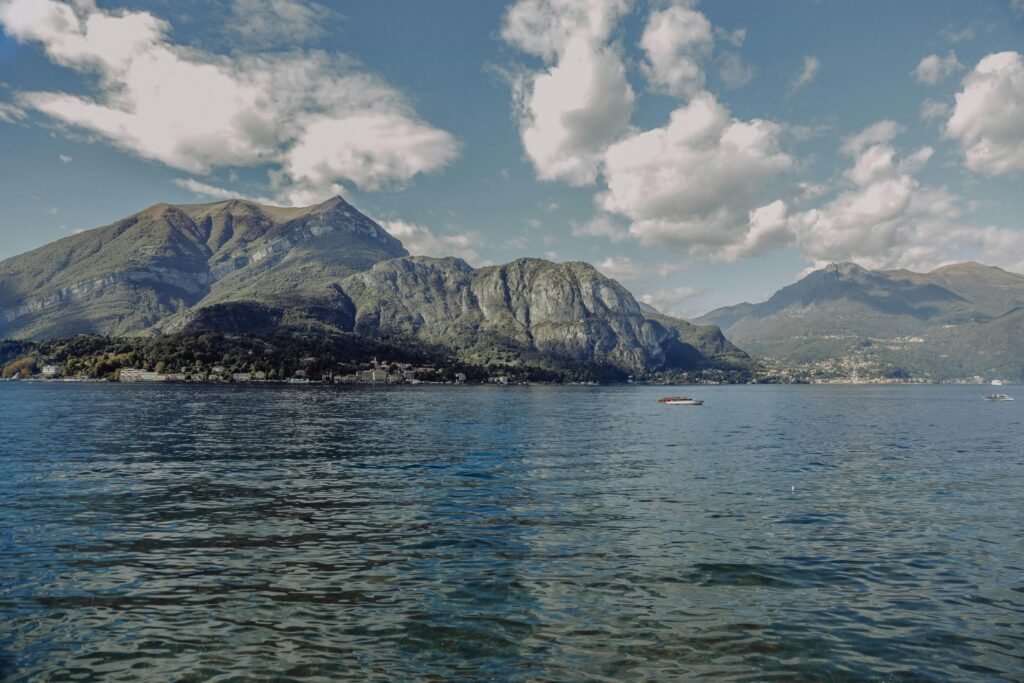
Common Questions About Lake Como’s Bottled Air
1. How much does a can of Lake Como air cost?
Prices vary by the amount and packaging, but generally, the canisters are marketed as luxury items and can cost anywhere from $20 to $100 per canister. Premium packaging or custom scents may drive prices even higher.
2. Can you really smell the difference between Lake Como air and regular air?
The experience can be subjective. Some users report subtle, refreshing differences, while others feel the difference may be more psychological than tangible. The air is filtered and infused with specific notes like pine, lavender, or floral scents associated with the lake, which can add a pleasant aromatic experience.
3. Are there any proven health benefits of bottled air?
There is limited scientific evidence on health benefits from inhaling bottled air. However, fresh, clean air can be refreshing and may provide a sense of mental clarity, especially for people accustomed to polluted urban environments.
4. What environmental impact does bottled air have?
While air itself is renewable, the environmental impact arises from production, packaging, and transportation. Most companies strive to offset these by using recyclable materials and pledging contributions to environmental causes.
5. Can I bring a can of Lake Como air on an airplane?
Yes, in most cases. As a compressed product, it’s generally safe to carry in checked baggage, but it’s always recommended to check with airlines about specific regulations for pressurized canisters.
6. Is this just a trend or a lasting industry?
While it’s hard to predict, the bottled air market has grown steadily, particularly in countries facing pollution challenges. However, the success of niche products like Lake Como’s bottled air will likely depend on maintaining consumer interest in wellness trends and luxury experiences.
The Future of Bottled Air: Novelty or New Luxury Staple?
Bottling air from famous or beloved places taps into consumers’ desire for unique and meaningful experiences. Whether this trend becomes a lasting luxury item or fades as a novelty remains to be seen. Lake Como’s air, with its blend of cultural allure and environmental consciousness, has certainly carved a distinctive place in the world of high-end wellness products.
By exploring new ways to experience travel, wellness, and nature, the bottled air industry may not only be here to stay but could also become an intriguing staple in how we interact with and preserve cherished destinations from afar.
Sources CNN
